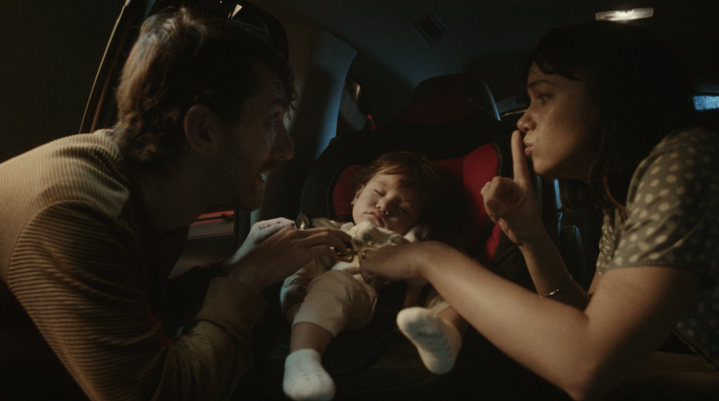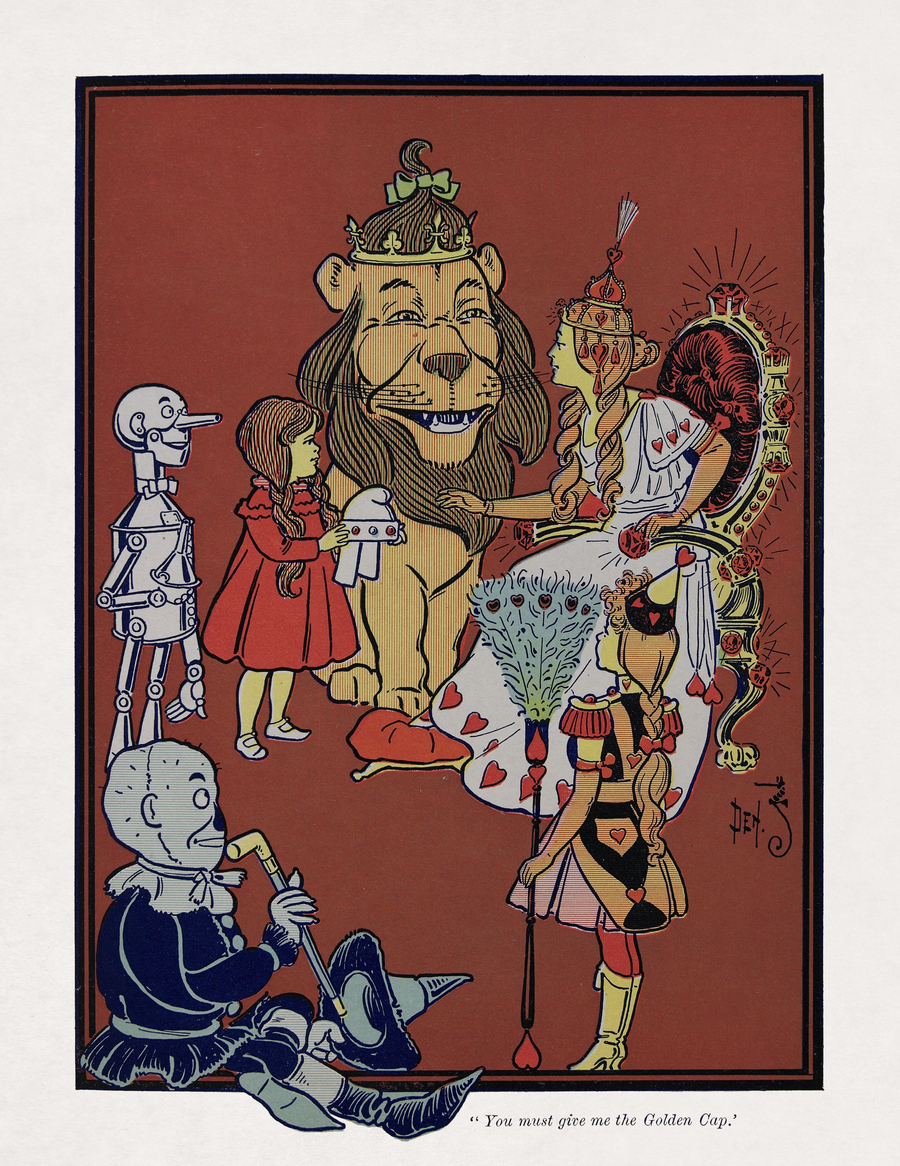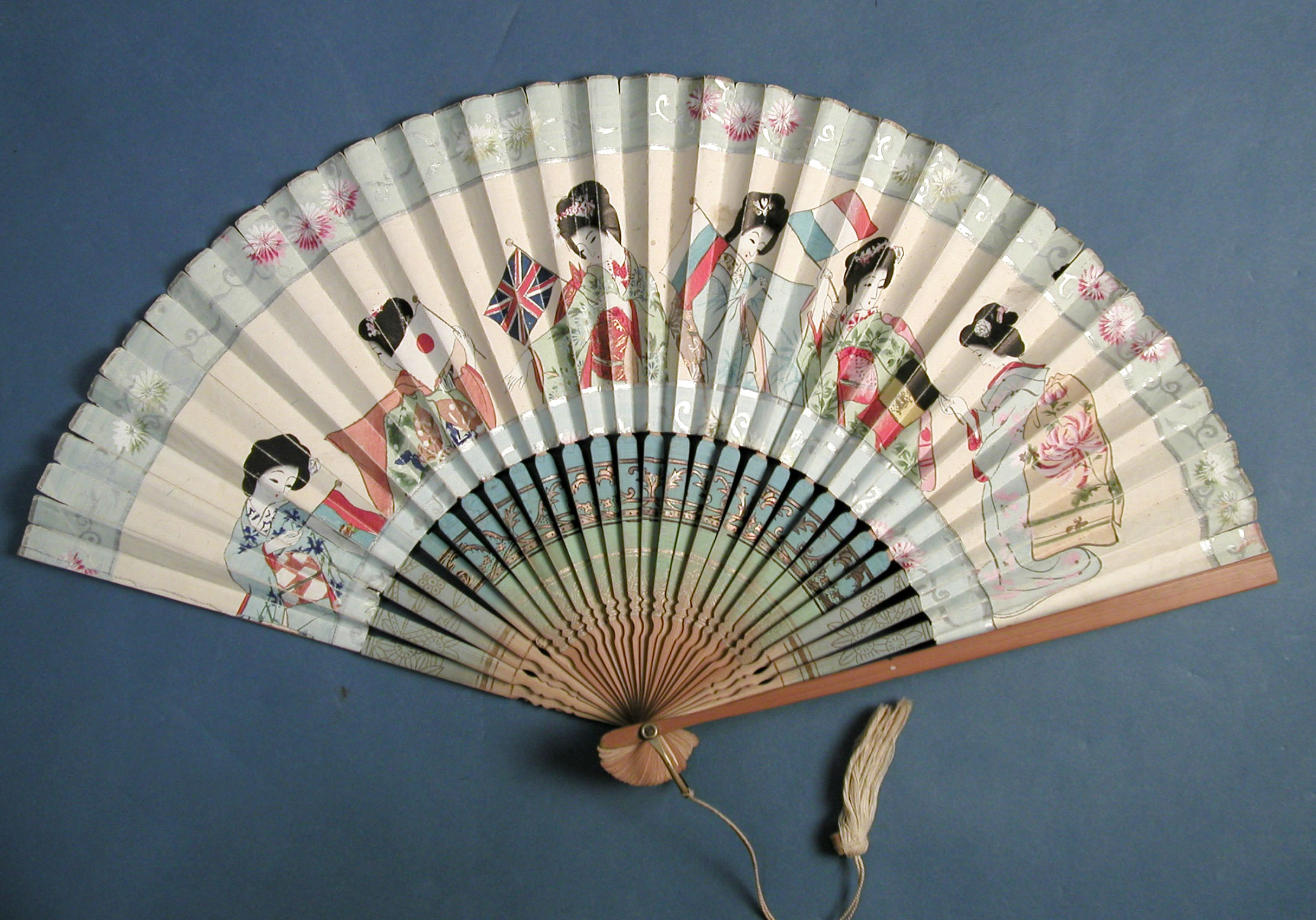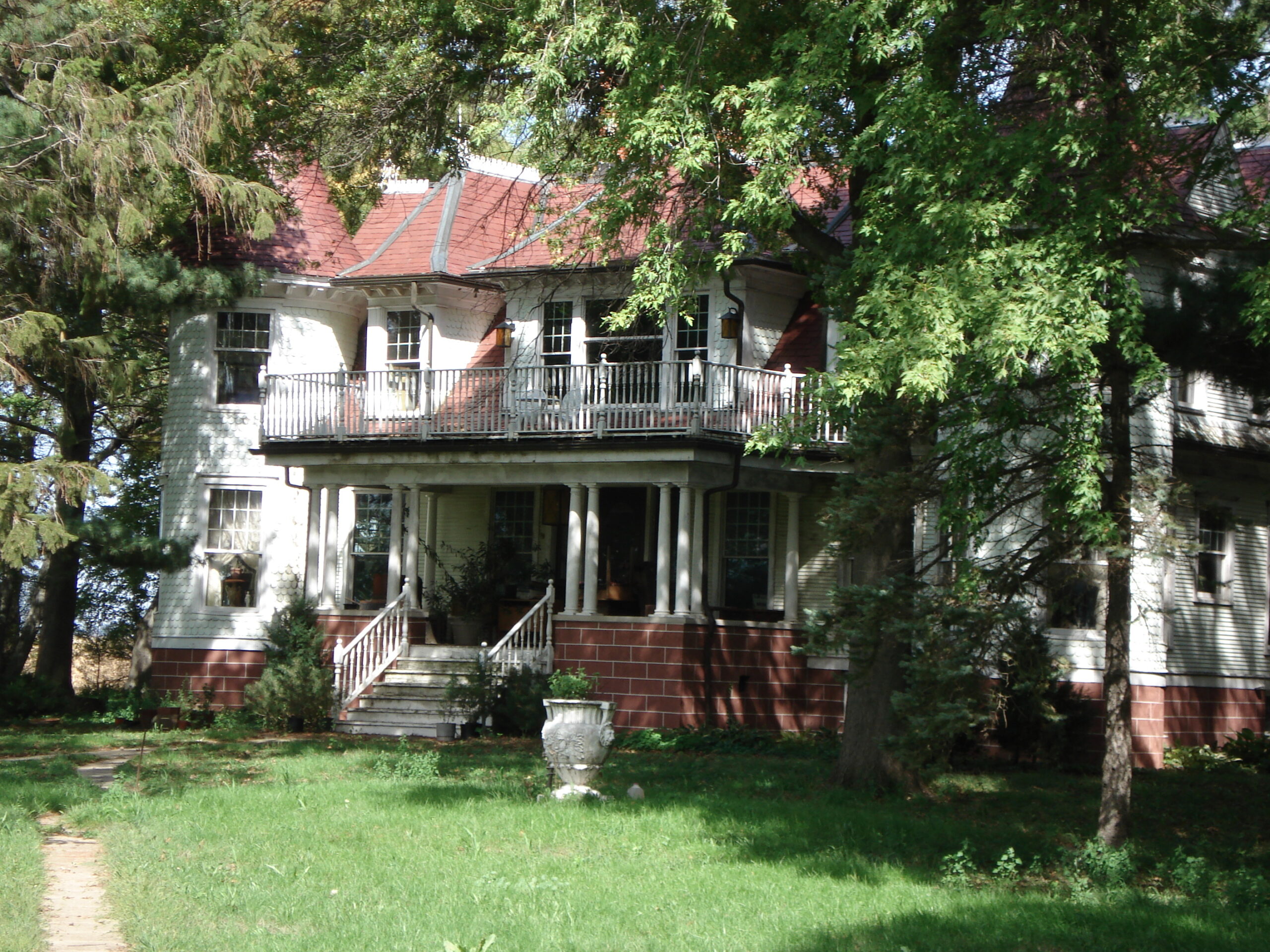
August 17, 2009
Is There Bauhaus in IKEA?

Gropius intended his principles to be a moral check on industrialism. The strict ideologies of elitist art and materialist business were dangerous in isolation, threatening to erase the human spirit. Gropius wanted designers to bring art and business together to serve the needs of people — all people.
The designs — the chairs, the buildings — arose from those principles. To extract principles from the objects is to work backwards. There is no reason today that you can’t start with those original Bauhaus principles, create objects that are not severely geometric, and end up somewhere completely different, with designs appropriate for contemporary needs. In other words, IKEA doesn’t have to copy the style of Bauhaus objects or reproduce classic Bauhaus chairs to express an affinity with Bauhaus principles, like creating good design for the way people actually live.
Today there are 231 IKEA stores in twenty-four countries, but it was news when IKEA opened a store in Michigan a few years ago, and it was news when IKEA recently opened a store here in North Carolina, where I now live. I am more familiar with Target, Costco and Walmart, and I detect in myself a reflexive Midwestern suspicion of IKEA, with its foreign pretentiousness, European colors and arrogant cleverness. IKEA may be as unquestionably assimilated into your life as Starbucks, Apple, and the Gap, and so I ask that you make an imaginative leap, entertain the unlikely existence of an IKEA virgin, and bear with me.
The new IKEA store less than an hour from my house was massive. I exited the highway, and a blue and yellow monolith rose on the horizon. The store was the horizon.
Once inside the lobby, I clung to the dotted trail on the floor. The store inspires an existential panic that I would call severe, and I imagined that a psychology graduate with a background in cartoons or cartography came up with the dotted line as a means to still the soul. “Follow me,” says the line, “and we’ll get through this together.”
I would have preferred to follow the painted shoeprints of Walter Gropius (a perfect square for the heel perhaps, a perfect parabolic half-egg for the sole), but there was only the white wandering stitch. Women shopped serenely in this aquarium of bright pebbles and jeweled bubbles. Men blinked and touched things for confirmation, sighed, then searched for another safe anchor point up ahead. I moved carefully from leaning towers of nested wastebaskets to dangerous ziggurats of dessert plates to the shelves of blue glasses set into cardboard sleeves like little employees in cubicles.
I passed from area to area in an efficient disorientation, never meandering somewhere that I had to back out of, never making a mistake. I was able to keep moving, never trip, and feel almost graceful, like a novice dancer led by an invisible instructor. I was afraid to stop. I understood that the store’s designers had mapped out the geography of the consumer experience, and I hoped IKEA would soon upgrade the system to a ride, like at Disney World (“It’s a Mall World, After All”). Or else I could sit on a bar stool as the IKEA products floated by like sushi on trays.
I moved naturally through the store, but the proportions were off, as if I’d stumbled into a city built for kids and laid out sprawling inside a sports arena. I was overwhelmed by the size of the store and disoriented by the small scale of the products. I was Alice in IKEAland and had nibbled from a cake labeled “Eat Me.” I doubted anyone in marketing at IKEA had recently visited Walmart and actually taken a good look at the size of Americans. We’re huge. Not even our children can sit in these chairs. As for me, I was simply too tall for any of their chairs or tables or countertops. This was bad news for my house and for Bauhaus. It wasn’t good design if I couldn’t use it. It wasn’t practical if it didn’t fit.
Brown is the color scheme of too many suburbs, from cream and beige to mocha and walnut. So I do appreciate that the giant hand of IKEA has stuck pinwheels of contrarian color in the drab concrete. But the utopia of IKEA is a colorful, plastic world of straight lines and little chairs. Why clean house when you can play house? The Bauhaus was no match for dictatorships and the market economy. Since its founding in 1943, IKEA has not yet met its match. It has expanded into building homes and sponsoring web shows and there are rumors that it might make a car and sponsor a movie. Maybe the Bauhaus just needed a food court and a theme park.
In the first half of the twentieth century, design reacted to industrialization, world wars, poverty, inflation, and class divisions. The Bauhaus arose out of a reaction to disastrous world politics and the inhumanity of urban living conditions, from the bullying architecture of the powerful to the class divisions perpetuated by luxuries only the rich could afford. By contrast, IKEA has evolved over time to refine a much narrower, and perhaps humbler, mission: to make home furnishings look good and cost less. The Bauhaus responded to the social urgencies after the First World War. What has succeeded the social inspiration of the Bauhaus is the business inspiration of retail giants like IKEA, which pursues a business model for the global marketplace.
Today, with the crash of world markets, design must more fully confront and re-evaluate its role in global business. This is what Bauhaus principles are all about: taking stock of the present states of technology, business and culture and crafting reasonable designs for the way we live now. A glut of cheap, uniform products in the marketplace can no longer be a virtue of global business. To pursue Bauhaus principles in the future, IKEA will have to increase the personalization of its products, improve ergonomics, reduce wastefulness and increase quality in order to create lasting value for the consumer. (This is true of any major manufacturer, not just IKEA; “General Motors, we have a Second Chance on line two.”)
The quickest way to kill a concept is to call it “utopian.” This is what the Bauhaus and IKEA have in common. They are strategies for better living. They are easy targets. Of course, there is no utopia here on Earth, and so we marshal Schopenhauerian compassion for all of us stuck here in this life, in this storehouse, suffering the grays of time and the blues and yellows of happy people’s balloons. We have bought our products, pursued prosperity, and reached its dead end. Now what? IKEA Island off the shores of Dubai?
At the end of my first IKEA journey, I bought nothing — I needed nothing (which itself is a luxury, I know) — but I still had that empty, dizzy feeling as if I had eaten corndogs at a carnival. I walked out to the parking lot. My car was out there somewhere, one horse of hundreds grazing on the asphalt prairie. Civilization touched everything, like sunlight. I had stopped following the white dotted trail. I stood still beneath the clouds. I pressed the black keypad again and again, hoping to hear the whinnying response of my car’s horn and see the flash of its headlights. I wanted to go home. But what was home? The question was like a sucker punch. Home. Of course. This was the real question for our sprawling, mobile, independent generation, I thought, as seagulls pecked near the cart corral. I would have to make a choice. In the distance, purple perennials sprouted at the cloverleaf interchange.
Observed
View all
Observed
By David Barringer
Related Posts

Business
Kim Devall|Essays
The most disruptive thing a brand can do is be human

AI Observer
Lee Moreau|Critique
The Wizards of AI are sad and lonely men

Business
Louisa Eunice|Essays
The afterlife of souvenirs: what survives between culture and commerce?

Architecture
Bruce Miller|Essays
A haunting on the prairie
Related Posts

Business
Kim Devall|Essays
The most disruptive thing a brand can do is be human

AI Observer
Lee Moreau|Critique
The Wizards of AI are sad and lonely men

Business
Louisa Eunice|Essays
The afterlife of souvenirs: what survives between culture and commerce?

Architecture
Bruce Miller|Essays

 David Barringer is an author, freelance writer, graphic designer, photographer, and artist. He grew up in Michigan. He now lives with his family in North Carolina.
David Barringer is an author, freelance writer, graphic designer, photographer, and artist. He grew up in Michigan. He now lives with his family in North Carolina.